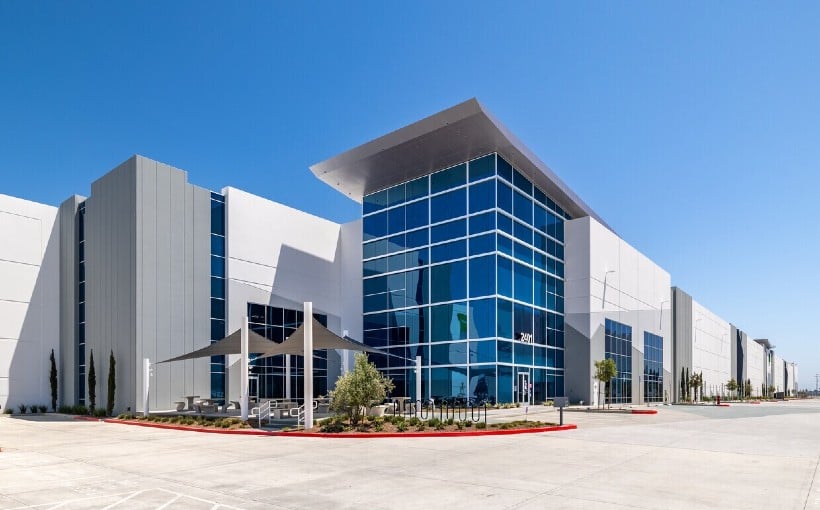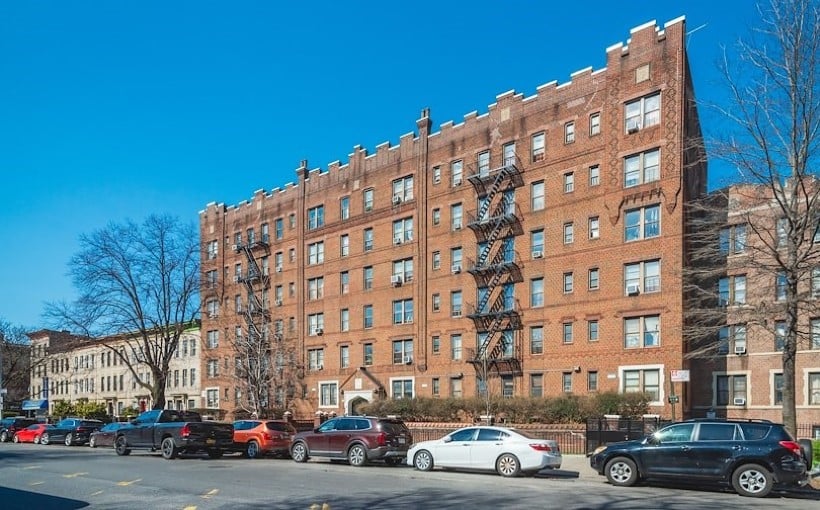The commercial real estate industry is constantly evolving, and the state of distressed assets serves as a crucial indicator of its resilience and adaptability. Mitchell Hunter, chief commercial officer at Trimont, is a leading expert in identifying trends in distress within the market.
In this Q&A session, Hunter delves into the increasing challenges faced by office and multifamily portfolios. He outlines key factors contributing to the surge in distressed properties such as rate cap expirations and provides insights on potential opportunities for investors.
Q: Have you noticed an increase in distressed properties (ranging from loan delinquency to foreclosure proceedings) during Q4 compared to earlier this year?
A: Yes, we have seen more issues arise within our office portfolio and multifamily sector.
Q: If so, what are some common factors driving this rise?
A: The conversation around maturities has been a major factor. Many sponsors are not willing to contribute additional equity due to current property values; therefore they may choose to hand back their keys instead. Additionally, rate cap expirations have also played a role.
Q: What is your outlook for 2024 – do you anticipate status quo or continued growth in distressed properties?
A: We expect things will remain relatively stable during the first half of 2024 but anticipate an increase later on throughout the year.
Q: What market conditions are contributing towards this forecast?
A : Upcoming maturities will play a significant role; however there may be some delay tactics used before addressing these issues head-on. Some properties may be too far underwater due remote working causing vacancies which could lead them into distress situations while interest rates could drive up multifamily distress levels.)
Q : How will your organization’s workload be impacted by these developments?
A : We foresee an increase in work volume for our organization come 2024 . In anticipation , Trimont has already hired six new employees during Q3 & Q4 to handle the expected increase in workload.
Q: For investors, where do you see potential opportunities arising from distressed properties in 2024?
A: It is difficult to predict, but there needs to be a tighter bid/ask gap between sellers and buyers. Currently, there is still a significant difference between the two. However, we may see some one-off opportunities arise and banks may also start feeling pressure leading them to sell off pools of loans at some point during 2024.
Q: Focusing on the office sector specifically – what other factors (besides remote working) could contribute towards increasing distress levels in 2024?
A : One issue we are seeing is a lack of reserves for tenant improvements . These reserves have been used for debt service , leaving little left over when trying to lease up buildings if sponsors are not willing or able contribute additional equity .
Q : Which property types do you believe will face higher rates of distress come 2024?
A : Apart from office spaces , I anticipate an uptick in multifamily properties facing distress as well .
The post Mitchell Hunter Forecasts Rising Distress Levels within Real Estate Market – Insights for Investors appeared first on Connect CRE.
As commercial real estate continues its ever-changing landscape, it’s important to monitor distressed assets as they serve as an indicator of industry resilience and adaptability. Trimont’s chief commercial officer Mitchell Hunter has extensive expertise in identifying trends related to market distress.
In this Q&A session, Hunter discusses the growing challenges faced by both office and multifamily portfolios. He highlights key contributing factors such as rate cap expirations that have led to an increase in distressed properties while providing valuable insights into potential investment opportunities.
Q: Have you observed more instances of distressed properties (ranging from loan delinquency up until foreclosure proceedings) during Q4 compared with earlier this year?
A: Yes, our office portfolio and multifamily sector have experienced a rise in issues.
Q: If so, what are the primary factors driving this increase?
A: The main driver is maturities. Many sponsors are not willing to contribute additional equity due to current property values, resulting in them handing back their keys. Additionally, rate cap expirations have also played a role.
Q: What is your outlook for 2024 – do you anticipate status quo or continued growth in distressed properties?
A: We expect things will remain relatively stable during the first half of 2024 but foresee an increase later on throughout the year.
Q : What market conditions contribute towards this forecast?
A : Upcoming maturities will play a significant role; however there may be some delay tactics used before addressing these issues head-on . Some properties may face distress due to remote working causing vacancies while interest rates could drive up multifamily distress levels .
Q : How will your organization’s workload be impacted by these developments ?
A : We anticipate an increased workload for our organization come 2024 . In preparation , Trimont has already hired six new employees during Q3 & Q4 to handle the expected surge .
Q: For investors, where do you see potential opportunities arising from distressed properties in 2024?
A: It’s difficult to predict specific areas of opportunity as it largely depends on narrowing down bid/ask gaps between sellers and buyers. Currently, there remains a significant difference between both parties’ expectations. However, we may see one-off opportunities arise and banks under pressure might sell off pools of loans at some point during 2024.
Q : Focusing specifically on office spaces – what other factors (besides remote working) could potentially lead towards increasing levels of distress come 2020 ?
A : One issue we’ve noticed is lack of reserves for tenant improvements . These reserves have been utilized for debt service , leaving little left over when trying lease up buildings if sponsors are not willing or able to contribute additional equity .
Q : Which property types do you believe will face higher rates of distress come 2024 ?
A : Apart from office spaces , I anticipate an uptick in multifamily properties facing distress as well .




